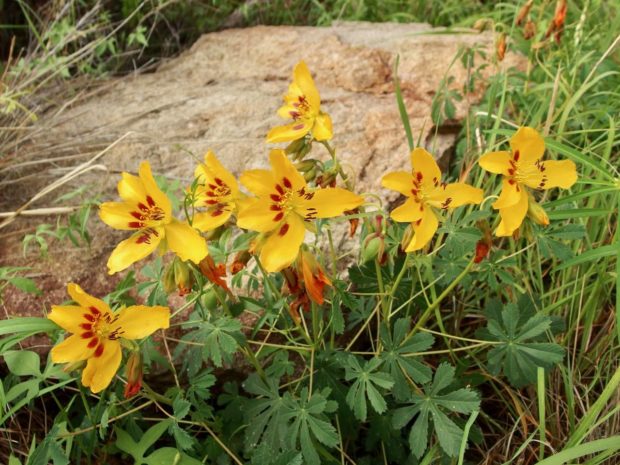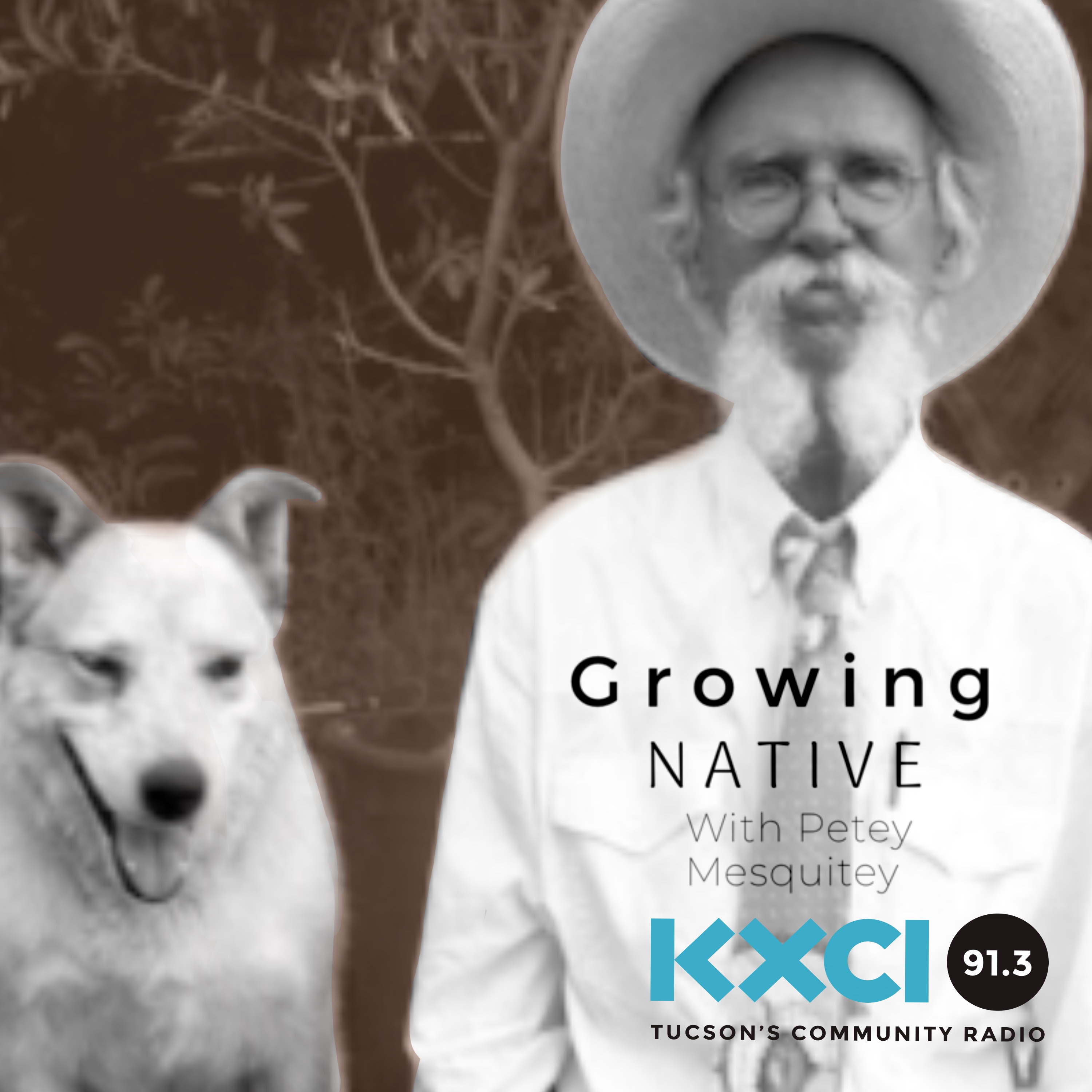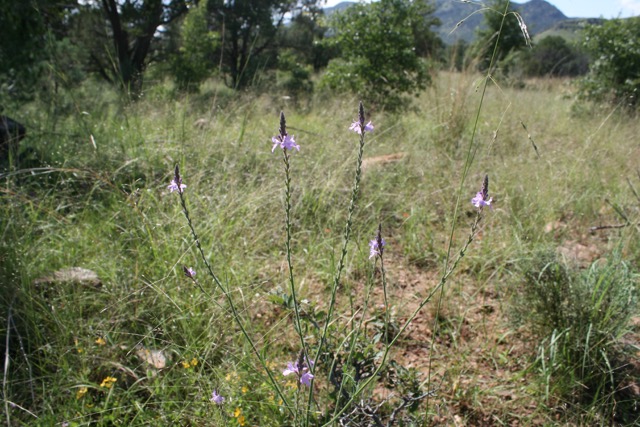l like the genus name Amoreuxia. I think it may be the “euxia” part that feels so pleasant to say. And the specific epithet palmatifida is pretty nice too in that it is self explanatory; something on this plant looks like a palm –think hand – and it’s the leaves. There are two species of Amoreuxia found in the borderlands and we are the northern most range of both species that range south into Mexico. Oh, Amoreuxia is in the Bixaceae, the achiote family. It was in the Cochlospermaceae, which is a lot more fun to day, but regardless, it is an interesting family with only three genera and twenty-five species.

Look for Amoruexia blooming in July and August on rocky slopes between 3,500 feet and 5,000 feet. Yeah, it’s going to be hot, but well worth the hike. And the good news is that if you miss the bloom period you will still find the dreamy seed capsules that follow the flowers.
The featured photos were pulled from http://swbiodiversity.org/seinet/ and are by Liz Makings and Sue Carnahan who generously share their photos throughout the site. And finally, in case this all sounds familiar, this show is a repetey from November of 2013.

The bigtooth maple is no longer in its own family of Aceraceae, but is in Sapindaceae. Molecular taxonomy keeps us plant geeks on our...

I’m telling you, late summer and fall are great times to get out into the hills, especially if you want to find interesting plants....

The better common name for Terrapene ornata luteola is the ornate box turtle. The name desert box turtle is old like me….not Miocene old…maybe...